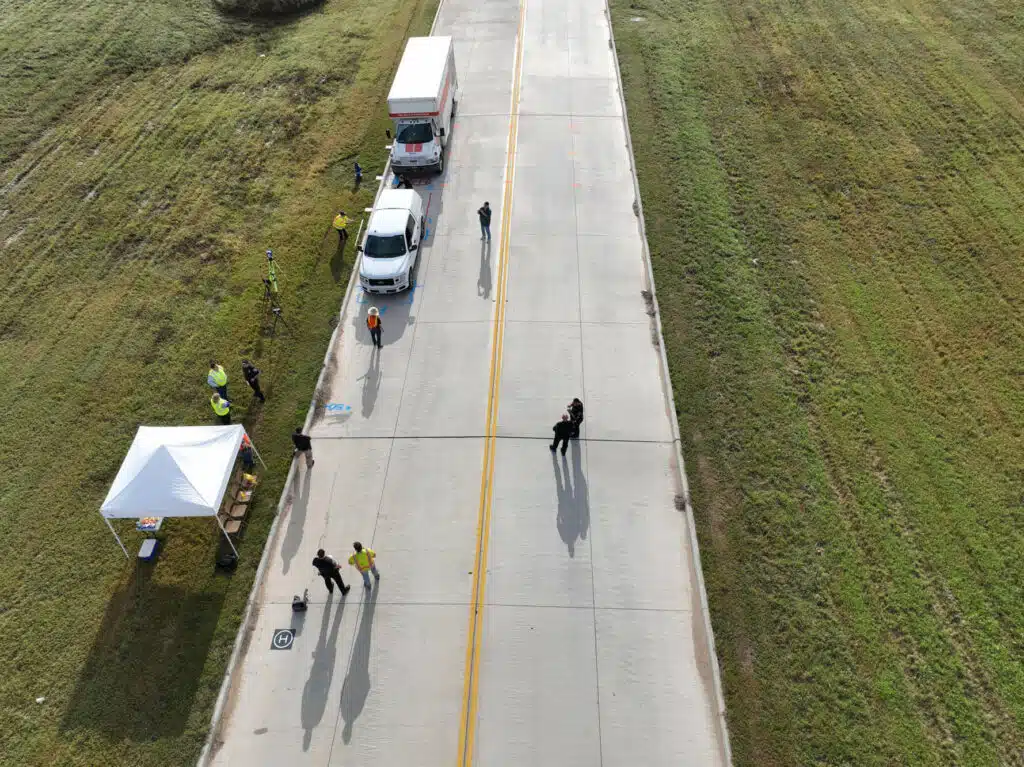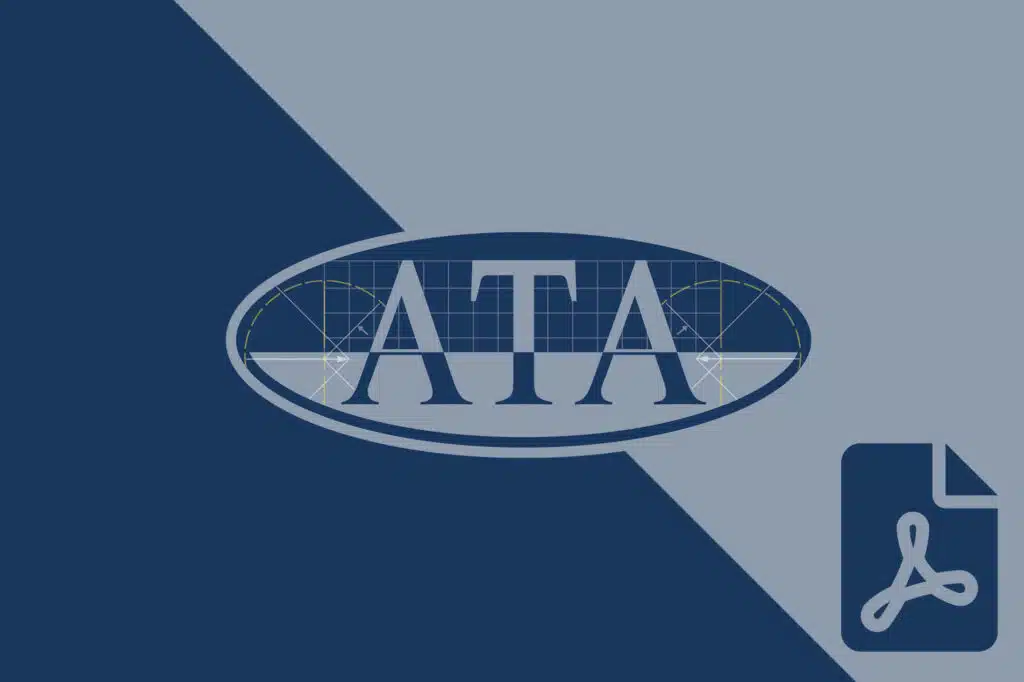In the aftermath of accidents, forensic site mapping emerges as critical tools for reconstructing events and establishing liability. These surveys, often initiated by lawyers and insurance companies, play a pivotal role in incidents involving property damage or personal injuries. The scope of forensic mapping encompasses a diverse range of scenarios, from vehicle collisions and construction accidents to maritime incidents and petrochemical mishaps.
The need for forensic site documentation arises whenever an incident carries potential legal repercussions. This proactive measure involves meticulous documentation of the scene before any alterations occur. This comprehensive data provides a more accurate portrayal of the incident, serving as a valuable resource for lawyers seeking to substantiate their cases and ensuring accountability for the responsible parties.
ATA Quick Response Team: Expertise at Your Service
Upon arriving at the scene, our Quick Response Team carefully assesses the complexity of the situation to determine the most appropriate method for collecting site data. Traditional surveying methods may suffice for simpler cases, while more intricate scenarios often demand the utilization of 3D scanners to capture a comprehensive 360-degree picture.
Our primary objective is to safeguard evidence from potential damage or loss. We record intricate details about the surroundings, encompassing the environment, landmarks, ground marks, and vehicle paths. This detailed documentation forms the bedrock for comprehensive forensic scene and site mapping.
In addition to documenting the scene, a thorough inspection of the equipment or vehicles involved is conducted. This inspection scrutinizes any failures, damage, damage patterns, direction, and other critical classifying information. By methodically examining various facets, the forensic team can unravel the sequence of events leading to the incident, providing invaluable insights into the nature and causes of the mishap.



